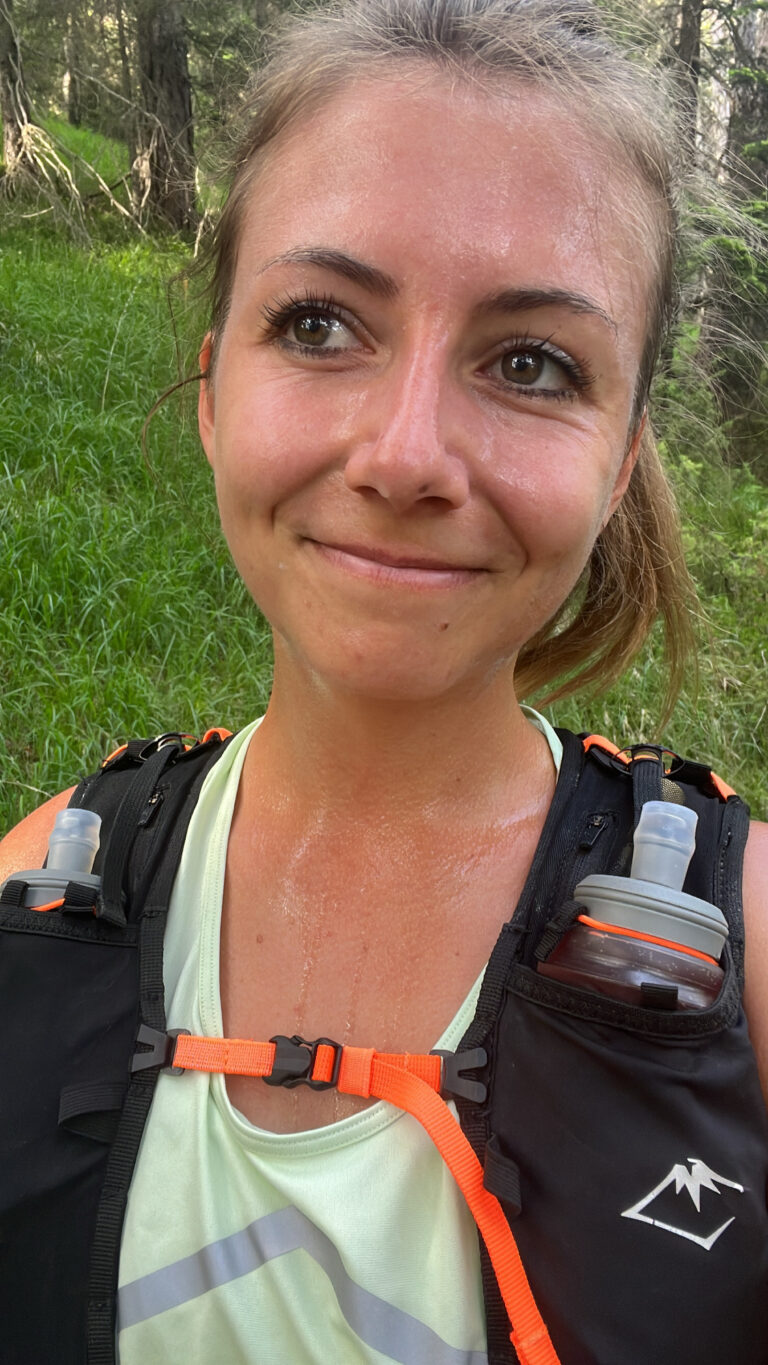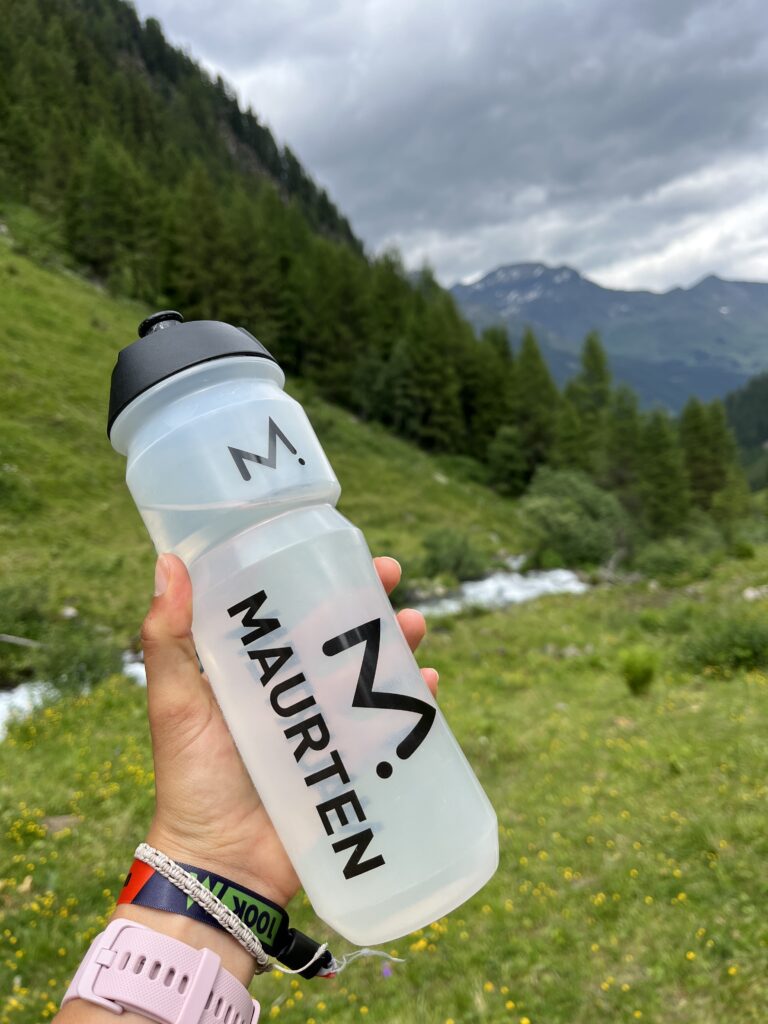Hydrate yourself to stay on top of your running game!
As the temperature rises and the sun beats down, runners face many challenges to keep their bodies performing at their peak. One of the most critical aspects of maintaining optimal performance and staying safe during summer runs is hydration. Proper hydration is not just about sipping water; it’s about understanding your body’s needs and replenishing lost fluids effectively.
Understanding Hydration for Runners: The Basics
When you run, your body produces heat, causing you to sweat to cool down. Sweat is composed of water and electrolytes, such as sodium and potassium, which are essential for muscle function and overall performance. Dehydration occurs when you lose more fluids than you consume, leading to a decrease in blood volume and an increase in heart rate. This can result in fatigue, muscle cramps, dizziness, and even heatstroke if left unchecked.
During summer runs, the heat and humidity amplify the risk of dehydration, making it crucial to prioritize hydration before, during, and after your workouts. But how much water do you really need? It varies depending on factors like the intensity and duration of your run, sweat rate, and individual differences in physiology.

8 Concrete Tips for Hydration During Summer Runs:
1. Pre-Hydration is Key: Start hydrating well before your run. Aim to drink around 16-20 ounces of water 1-2 hours before your run to ensure you’re adequately hydrated when you hit the pavement.
2. During Your Run: Carry a handheld water bottle, wear a hydration belt, or plan your route around water fountains. Sip fluids regularly, aiming for 4-8 ounces every 15-20 minutes, depending on your sweat rate and the intensity of your run. Consider sports drinks containing electrolytes for longer runs to replenish lost minerals.
3. Listen to Your Body: Pay attention to thirst cues and the color of your urine. If you’re thirsty, drink more fluids. Aim for pale yellow urine, indicating proper hydration. Dark yellow urine may signal dehydration.
4. Beat the Heat: Plan your runs during cooler times of the day, such as early morning or late evening, to minimize exposure to intense heat and sun. Wear lightweight, moisture-wicking clothing to help sweat evaporate and cool your body more efficiently.

5. Post-Run Rehydration: Don’t stop hydrating once your run is over. Drink another 16-24 ounces of water or a sports drink to replace fluids lost during exercise. Including a source of protein and carbohydrates in your post-run snack can also aid in recovery and replenishment.
6. Monitor Electrolytes: Alongside water, ensure you’re replenishing electrolytes lost through sweat. Consider consuming foods rich in potassium, such as bananas or coconut water, or opt for electrolyte tablets or powders to maintain proper electrolyte balance.
7. Adjust for Conditions: Be mindful of environmental factors like temperature and humidity. On exceptionally hot and humid days, you may need to increase your fluid intake and adjust your pace or duration to prevent overheating and dehydration.
8. Hydrate Beyond Running: Remember that hydration is not just about what you drink during your runs. Maintain a consistent intake of water throughout the day to support overall hydration levels.
By incorporating these practical tips into your running routine, you can stay cool, hydrated, and primed for peak performance even in the sweltering summer heat. Remember, being proactive about hydration isn’t just about enhancing your performance—it’s about keeping yourself safe and healthy on the roads and trails. So lace up those shoes, grab your water bottle, and hit the ground running with confidence this summer!
